11 Apr How to photograph insect behaviour – wildlife photography beyond the portrait
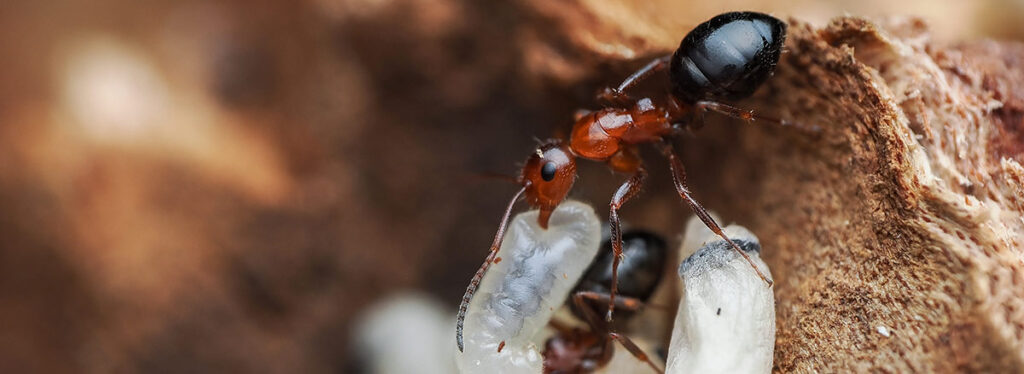
As macro photography is still a niche, compared to big game wildlife photography, behavioral documentation is not only rarer but maybe even more fascinating – simply because we have not seen it as much.
The same applies for other niches of wildlife photography as well, like deep sea photography, or microbiological subjects for example.
A fascinating aspect of macro photography is, that it often combines photography and a naturalist mindset.
Macro photos displaying wildlife behavior are the holy grail and illustrate the above said just perfectly.
They open up a window into a tiny world, often unseen, and at the same time teach us about the insects/animals and their behaviors.
How to photograph insect (and spider) behavior
Getting the shot – study wildlife behavior
Different animals have different behavioral patterns, they have specific habitats and spots, different hunting techniques or distinct mating procedures.
Learning about the interesting or characteristic behaviors of the motifs is essential for getting a chance at timing and photographing these rare moments.

If you observe a specific behavior for the first time, it is highly likely, that the species will repeat that – we merely have to find out why and when.
Take your time with the species and try to find out exactly that.
Spend time with it and deduce when and how you can witness this behavior again and this time have your camera ready!
I like to think of it as writing down a recipe, knowing all the ingredients which enable me to then prepare the menu.
Be patient and be prepared
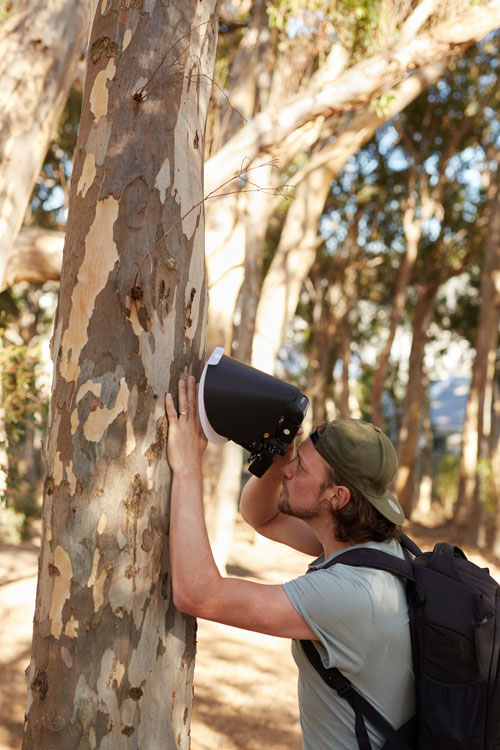
Besides the knowledge of particular behaviors it is also important to be patient.
The situations we are looking for are often exceptional and rare – timing them is challenging, and when the moment happens, there is still the technical side of the photo.
Be prepared, so that you can focus on the actual encounter and take the shot.
At the same time chances are high, that we will find great behavior scenes by coincidence rather than that we actually find them while specifically searching for them.
Here, it is also crucial to know your equipment and settings well, so the reaction to take the shot is sped up.
Knowledge about certain behaviors enhances our chances to photograph such a scene: as mentioned earlier it can narrow down a time window or tell us where to look.
As soon as there are several specimens involved, it can pay off to observe the scene for a while – and a bit longer.
Tip: it is crucial to know your camera and settings, so your reaction time can be sped up.
Setup specific custom profiles for specific situations and make use of button programming if possible.
Composition & framing
As behavioral photos often involve either several specimens or a specific process with additional objects, parts of the habitat or similar things, the composition requires a different approach to an extreme close-up portrait shot for example.

The scene may dictate the focal length for example, but as always, breaking the rules can also be beneficial and allow for a new point of view that noone has seen before.
You can read more about the importance of composition in macro photography in an article here.
Species for behavioral & interaction shots
Wildlife behavior can be observed in all living creatures obviously.
However, there are certain species that will offer you better opportunities to photograph behavior, than others.
It may be a good idea to start with these, for fast motivational success.
Ants, for example, are known to exhibit a lot of social behavior and will present us with a lot of opportunities to photograph their behavior.

Species that rely a lot on their visual capabilities, like jumping spiders or mantises, are guaranteed to show interesting hunting action.

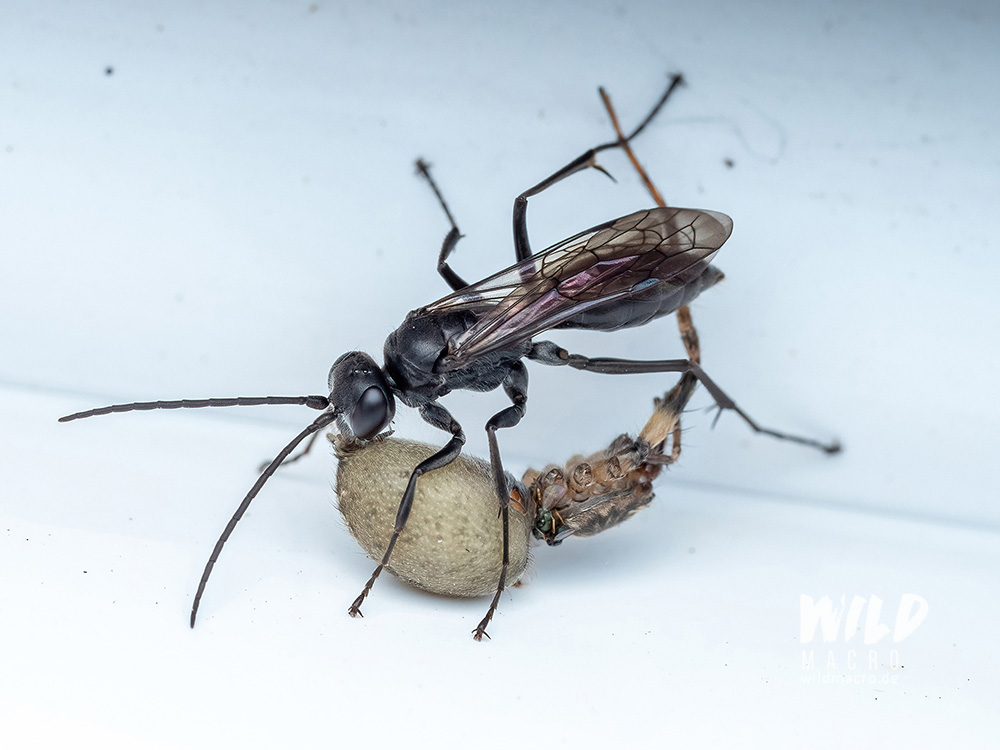
And sometimes it is the details that we do not see at first sight, like dozens of mites, hidden and hitchhiking under the wing lids of a beetle.
There are literally endless of scenes and motifs to find, photograph and show to the world.
Often we only get to know about the behavior if we take the time and observe our subjects for a longer time – sometimes with surprising discoveries.
Exploring and discovering them is part of the fun!
Ethical macro photography
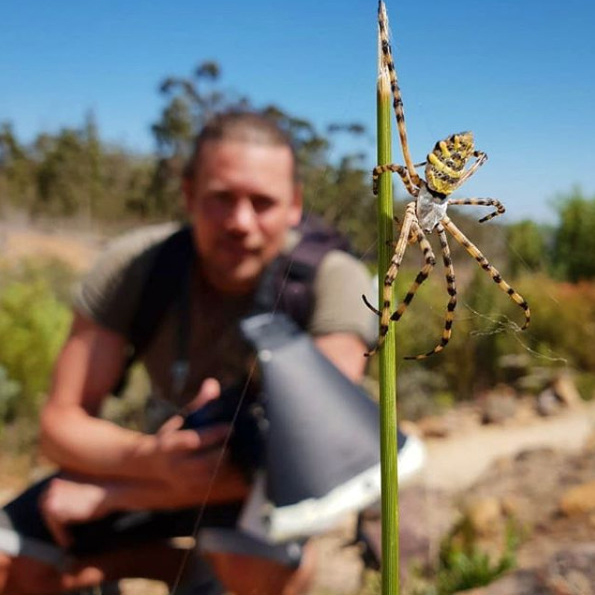
I am a strong advocat for an ethical rule set in wildlife photography.
This also applies to macro photography as a sub field, of course.
Speaking about ethical macro photography, getting close to specimens can already be a challenge – photographing their behavior often includes interactions and might have even bigger consqeuences if we disturb too much.
Being extremely cautious and observing is important here.
Do not push for the deserved shot and better let the scene play out, trying to capture the photo you are looking for.
Risking a predator lose prey, damaging structures, or disturbing a courtship for the sake of photographing this behavioral scene, can´t be worth it!
And please do not bait or trigger your subjects to create a scene artificially.
Magnification versus wide angle scenes
While intricate details can be shown better at high magnification, behavioral scenes often require a wider angle.
This way it is possible to include the surroundings and habitat or show a complete scene with multiple specimens interacting, for example.
Interesting behavior can be shown from various angles, so there is no limitation here.


Another idea is, to combine both close-up shots and wide-angle shots in a series to illustrate the behavior in all its facettes.
Different types of behavioral macro photos
There are a lot of behavioral scenes, that will provide the extra emotion or drama you are looking for, to add to your macro wildlife photos.
Just to name the most obvious:
- Movement
- Interaction
- Processes (i.e. web building)
- Hunting scenes.
- Sequences (approach, attack, feeding scenes)
Hopefully this can serve as inspiration for your macro photography and help to find an approach to take behavioral shots.
Good luck!
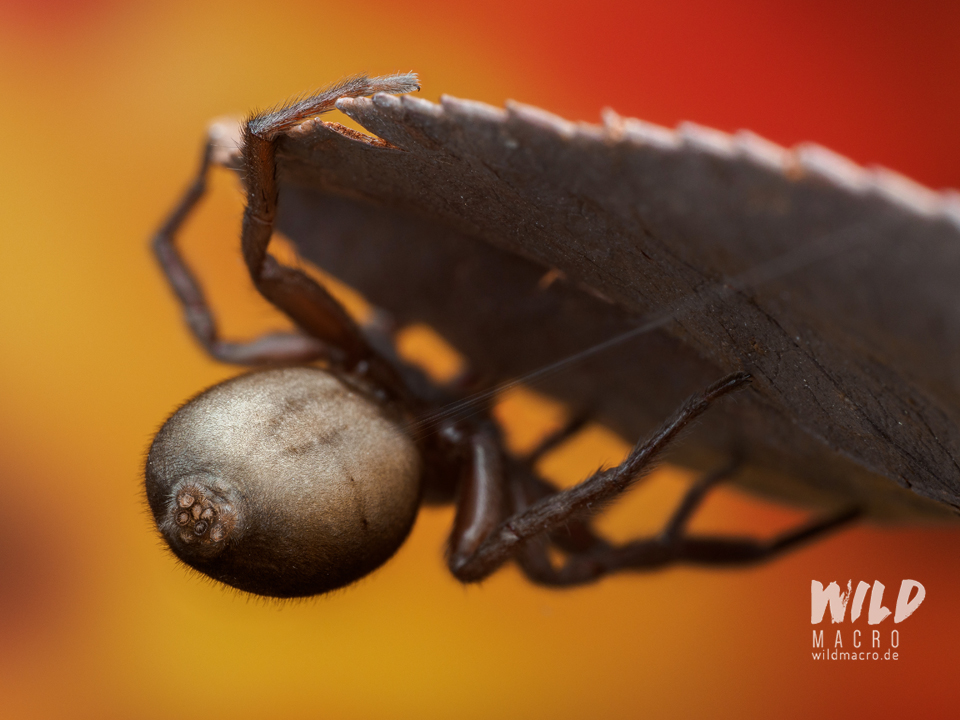
Sign up for the newsletter mailing list & free ebook

Did you enjoy these tips and want to learn more or improve your macro photography skills?
Stay up to date with new blog posts, reviews and tutorial- and ebook-releases.
Sign up below to get notified when the free edition of my ebook
‘How to master spider & insect macro photography’ is ready for download.



No Comments